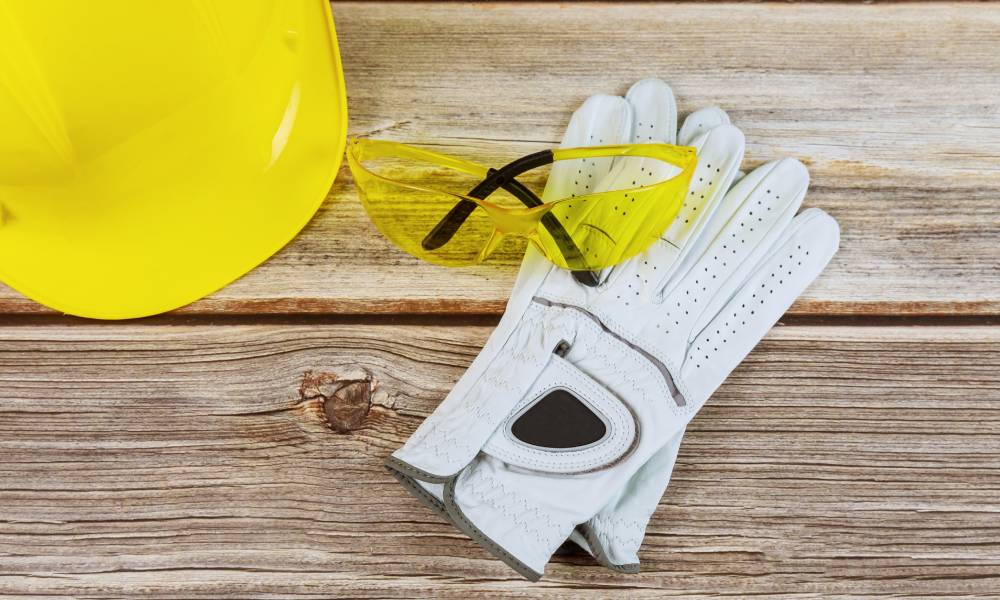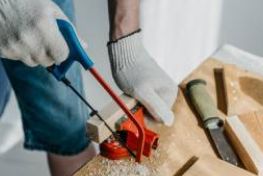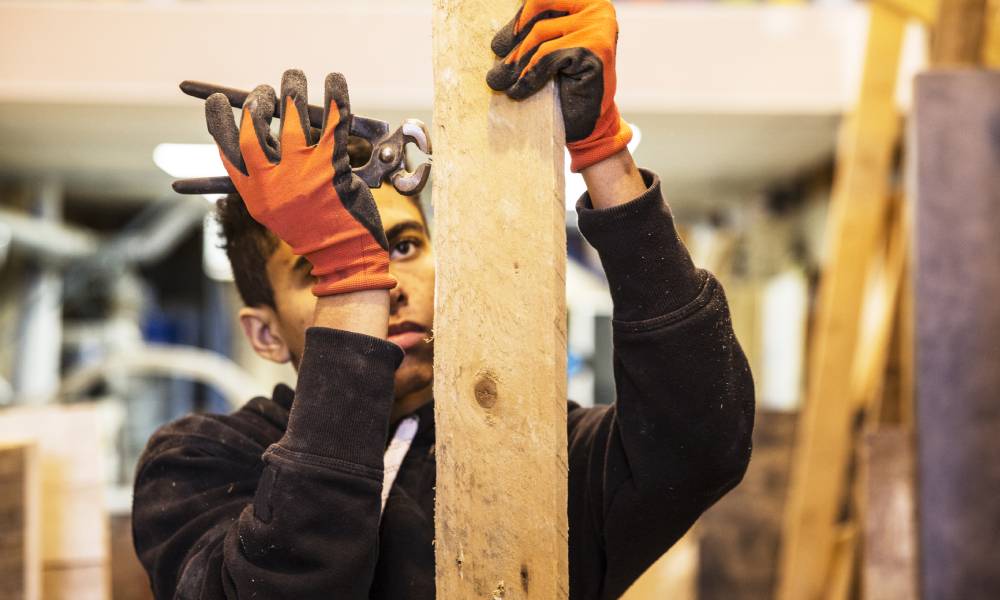.jpg)
Work Glove Production Processes
Work Glove Production Processes
In the dynamic landscape of occupational safety and specialized industries, the production of work gloves stands as a testament to the fusion of practicality, innovation, and craftsmanship.
Work gloves, often serving as the first line of defence for hands against various hazards, require a meticulous process that blends design ingenuity, material selection, and manufacturing precision.
Whether crafting durable leather gloves for heavy-duty tasks or engineering technologically advanced cut-resistant gloves for intricate operations, the art of producing work gloves encompasses a journey that balances functionality, comfort, and adherence to stringent safety standards. The work gloves produced in Turkey offer superior quality and durability.
Material Selection for Work Glove Production
Material selection is a critical aspect of work glove production as it directly influences the glove's performance, comfort, and safety. The choice of materials depends on the type of work gloves being produced, the specific hazards they need to protect against, and the level of dexterity and comfort required. Choosing the right materials is a vital step in work glove production, as it directly influences their performance and safety.
For durability and grip, leather is favoured in heavy-duty gloves, while synthetic materials like nylon offer flexibility and cut resistance. Linings, such as cotton for comfort or insulation for cold conditions, are essential. Coatings like latex and nitrile provide grip and protection, while high-strength fibres like Kevlar offer cut resistance. Chemical-resistant gloves use specialized rubber compounds, and fire-resistant gloves rely on materials like Nomex and leather. Striking the right balance between protection, comfort, and dexterity is crucial in material selection."
Work Glove Production Process
First, the design and planning phase establishes the glove's purpose and features. Patterns are created based on the intended design, and the appropriate materials are chosen. Leather, synthetic fabrics, and specialized materials like Kevlar or rubber may be selected based on the glove's purpose.
Next comes the manufacturing process. The selected materials are cut into pattern pieces, and stitching or bonding techniques are employed to assemble these pieces into glove forms. Stitching patterns are chosen to ensure durability and comfort, while closures like Velcro or snaps may be added. Reinforcements or padding are integrated where necessary for added protection.
Quality control is crucial at every stage. Each glove is carefully inspected for defects in stitching, material quality, and construction. Sizing accuracy is checked to ensure a proper fit. Compliance with safety standards and certifications is verified to ensure the gloves meet industry requirements.
Ultimately, the produced gloves are packaged and distributed, often through retail channels or wholesalers. Customization options like branding or colour choices can be offered, and user instructions are included. The production process for work gloves integrates design, material selection, manufacturing, and quality control to provide gloves that cater to various industries' safety and functional needs.
Beybi Plastik, since its establishment in 1949; It operates in the field of production and sales of personal protective work safety gloves, examination gloves, sales and marketing of sterile surgical gloves and medical consumables.



